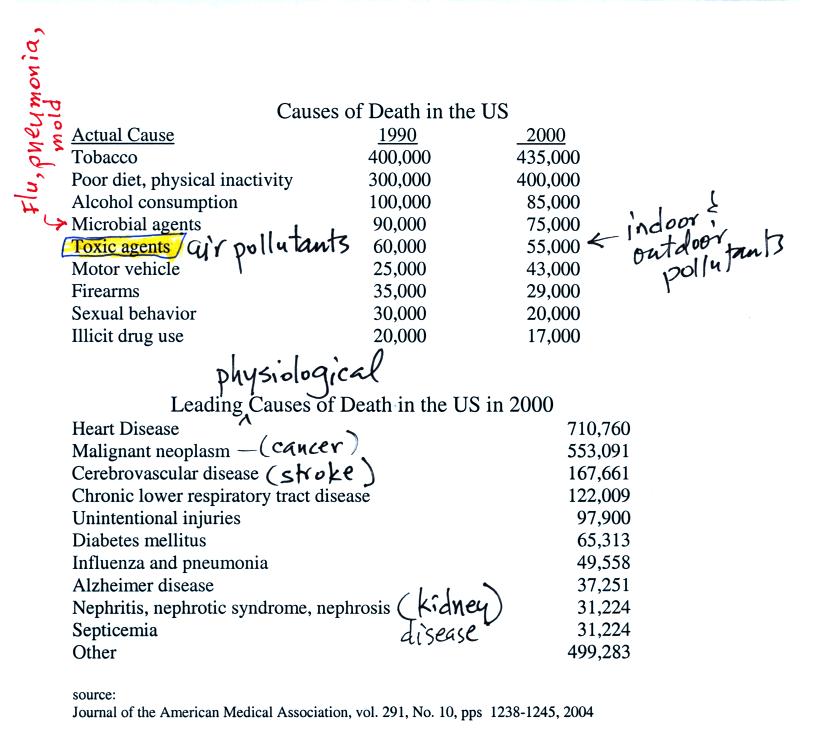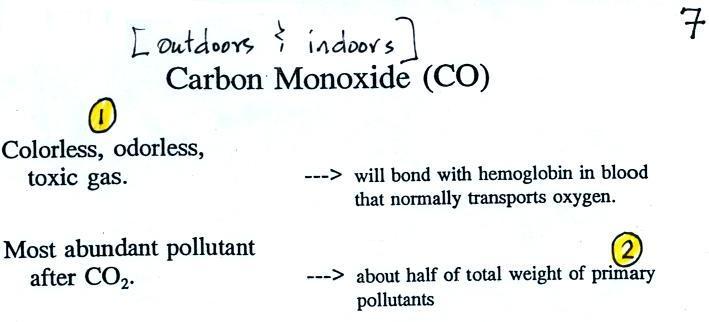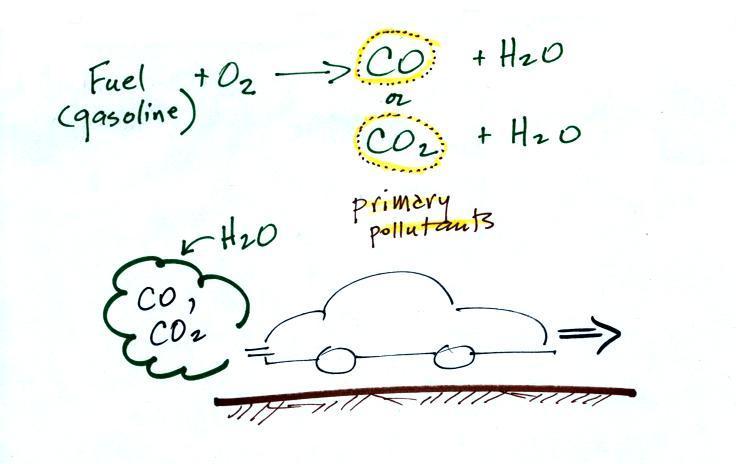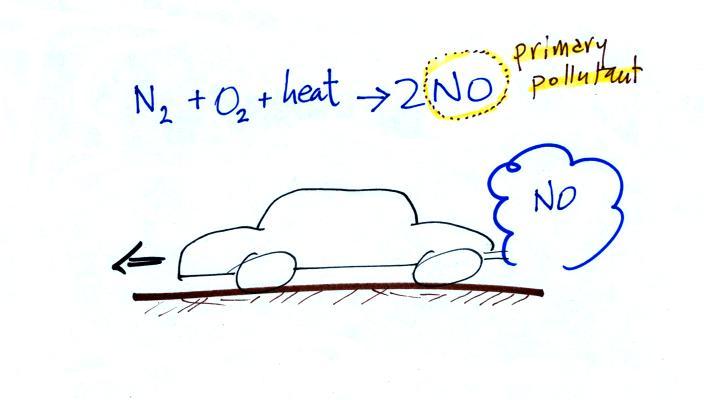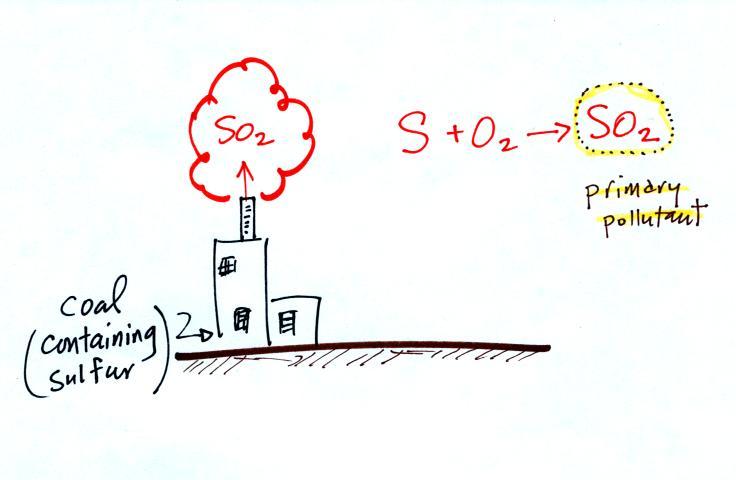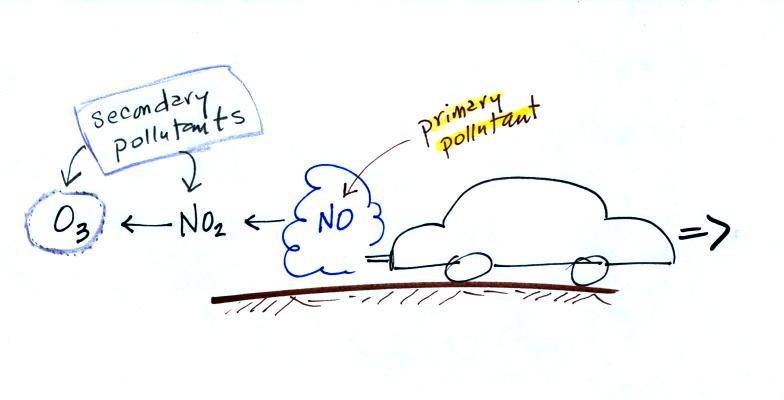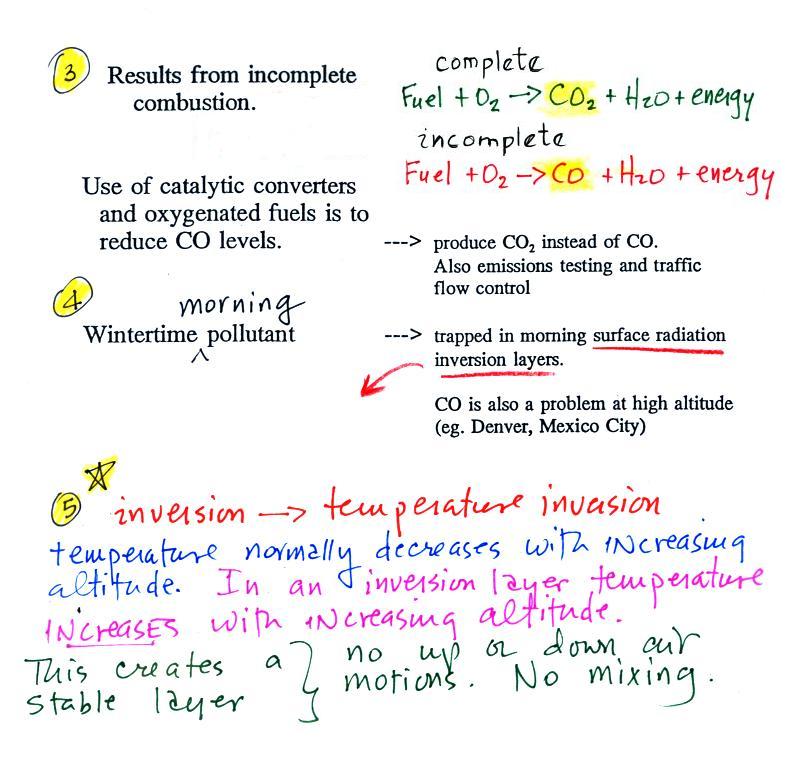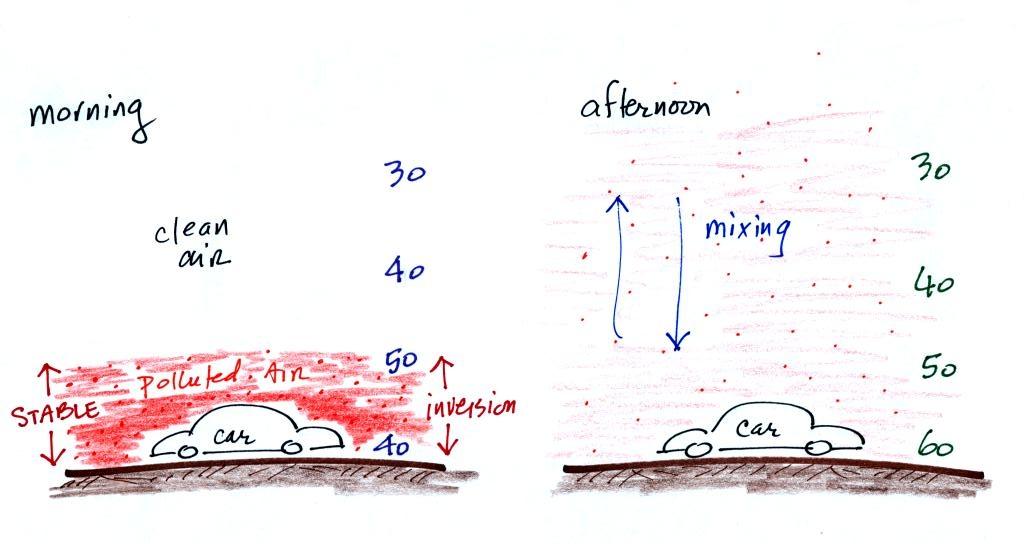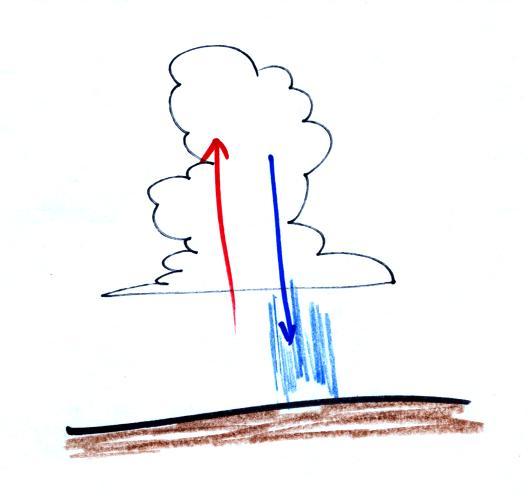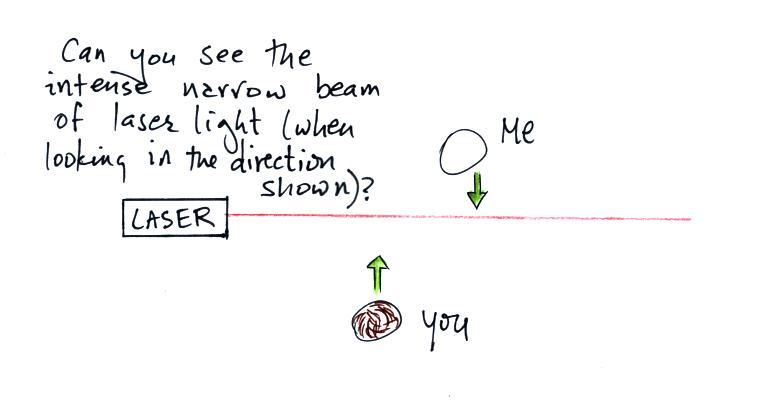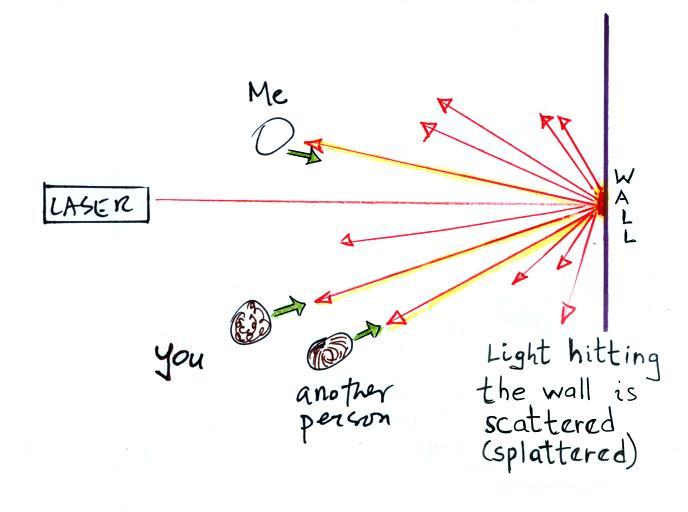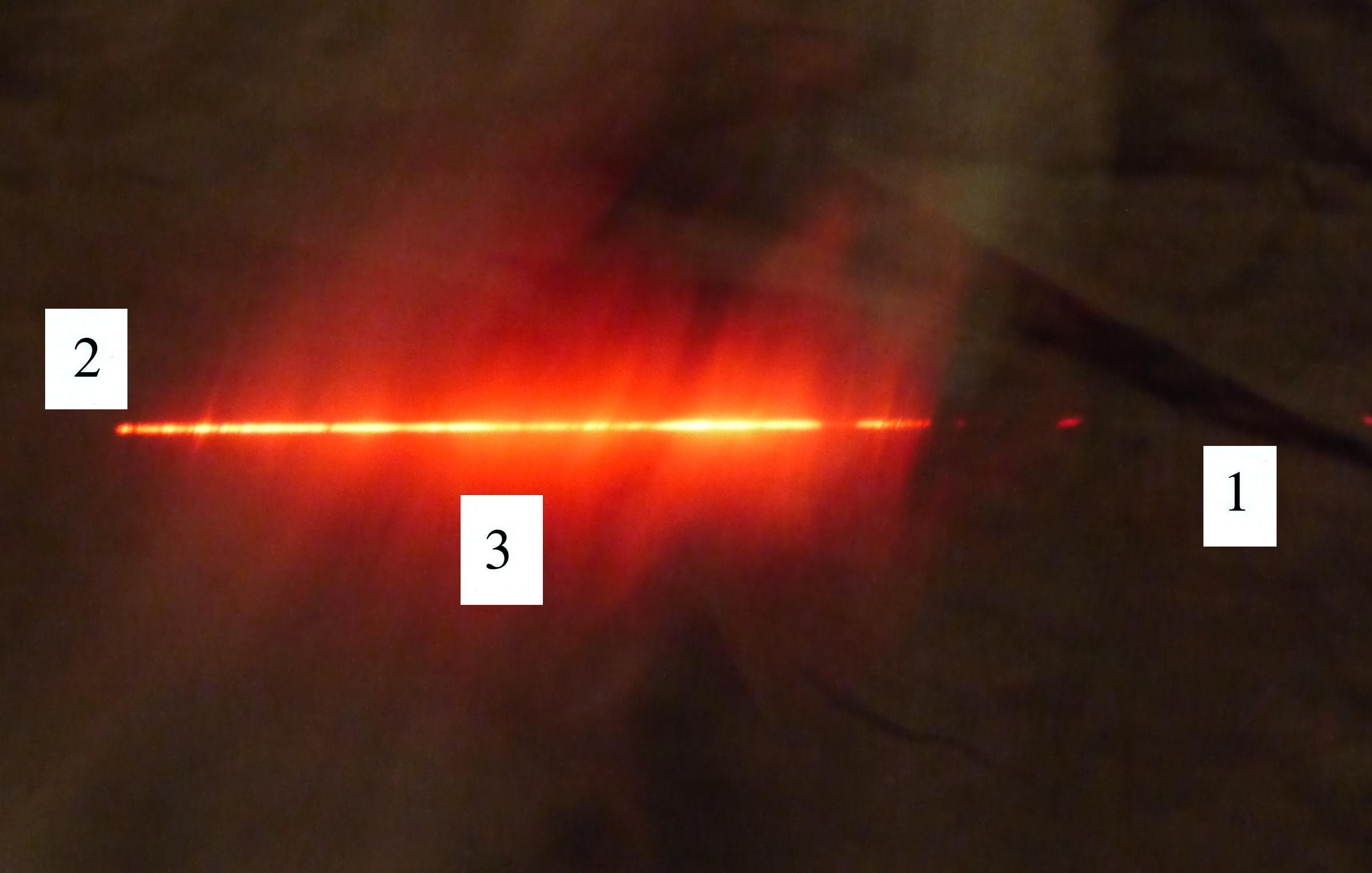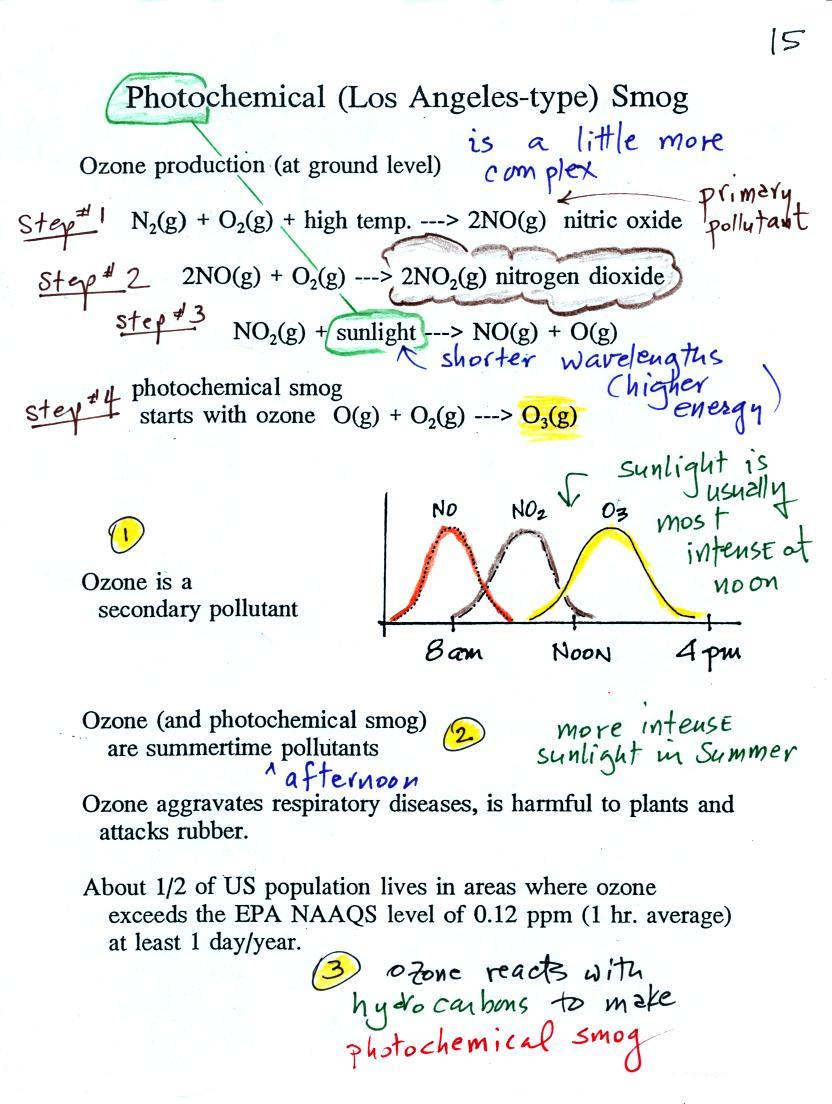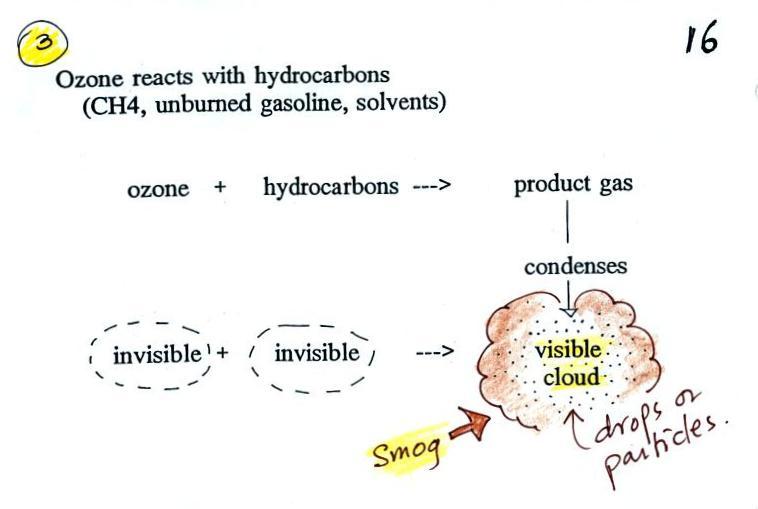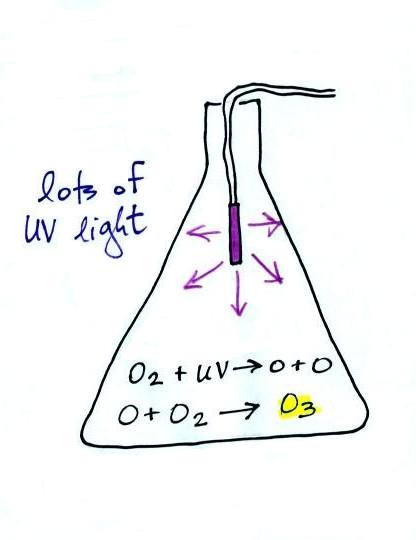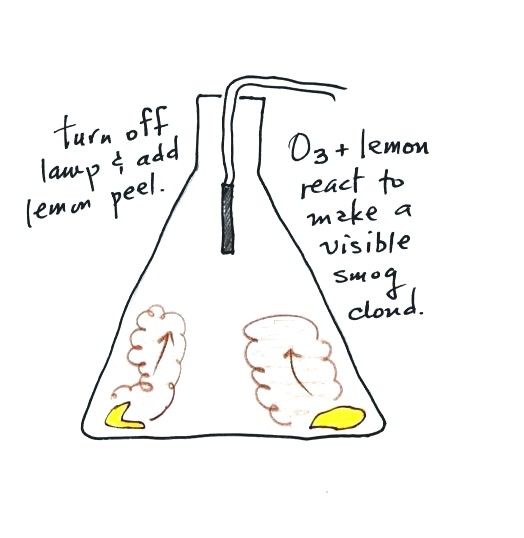Tuesday Sept. 3, 2013
click here to download today's notes
in a more printer friendly format
Before class music this morning from Brandi Carlile. You
heard most (if not all) of Late Morning
Lullaby, Turpentine,
My Song,
and The
Story.
1S1P Assignment #1 now has a
due date, two weeks from today, i.e. Tue., Sep. 17. You can
do 0, 1, or 2 reports as part of this assignment. Something
I forgot to mention - please print out your report(s) and turn in
a hard copy on or before the due date.
Now why would you even bother to do a report if 0 reports is an
option? Your goal should be to earn 45 1S1P points by the
last day of classes. You can write two reports as part of
this assignment and try to get the work done early in the
semester, you might spread out the effort over the full semester
in which case you could write just a single report, and you could
procrastinate by not writing any reports now and turning in a
flood of reports late in the semester. It's up to you but I
would encourage you to write at least one report this time around,
if only to get some feedback on how the grading will be done.
An additional topic will added later today or tomorrow to give you
a total of 3 topics to choose from. There will be at least
two more assignments like this one and probably several bonus
assignments later in the semester. You'll have lots of
opportunities to earn 1S1P points.
Names of all the students that checked out Experiment #1 materials
as well as people that signed up for one of the later experiments
should all now be online. You can check the Report Signup Lists to see if
everything was transcribed correctly.
Today and Thursday we will be looking at four air
pollutants. They are carbon monoxide, tropospheric ozone,
sulfur dioxide, and particulate matter. They're listed below
together with an idea of the number of main points you should
remember and understand about each.
Today's class will also feature a light scattering
demonstration. It's a fairly simple concept and helps to
make photochemical smog and particulate matter visible.
Light scattering also shows up in lots of additional and
unexpected places. We will also produce some photochemical
smog in a second separate demonstration (safely confined in a
glass bottle).
Air Pollution is a serious health hazard in the US and around
the globe (click here
to download a copy of the information below).
The lists below give some idea of how serious a threat it is.
The top list shows the external or environmental agent that causes
death. The second list is the physiological or internal
bodily function that ultimately leads to your demise. Keep
in mind that many of these numbers are difficult to measure and
some may contain a great deal of uncertainty. The row that
is highlighted, toxic agents, contains estimates of deaths caused
by indoor and outdoor air pollution, water pollution, and exposure
to materials such as asbestos and lead both in the home and at the
work place. It is estimated that 60% of the deaths are due
to exposure to particulate matter, something that we will examine
in a little more detail later in the week.
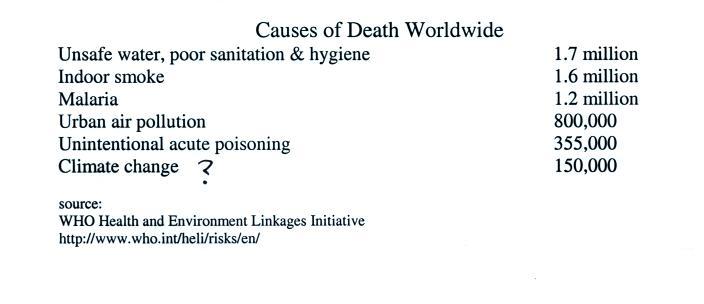
.
I'm not sure how the researchers determine that 150,000 people are
killed by climate change every year.
The Blacksmith
Institute listed the Top 10 polluted places in the
world in a 2007 report. The report has received a lot of
worldwide attention. If you go to this address (click on
2007 at the top left edge of the page) you can view the report
online or download and print a copy of the report. This is
just in case you are interested (click on some of the other years
also if you do go to the site). And note they are concerned
with all types of pollution, not just air pollution.
You may have heard of the record setting levels of air
pollution that sometimes affect Beijing, China. Here's a
link to a pretty good collection of photographs. Much
of this is particulate pollution which is something we'll cover
later this week. In addition to being a health hazard,
particulates can have a dramatic effect on visibility.
We'll start our section on air pollutants with carbon
monoxide. You'll find additional information on
carbon monoxide and other air pollutants at the Pima County
Department of Environmental Quality website and also at the
US Environmental Protection Agency
website.
The material above is from page 7 in the photocopied
ClassNotes. We will mostly be talking about carbon monoxide
found outdoors, where it would rarely reach fatal
concentrations. CO is a serious hazard indoors also where it
can (and does) build up to deadly concentrations (several
people
were
almost
killed
in
Tucson
in
December 2010 for example). Here's
a report of two people that were killed in their car in
Connecticut earlier this year.
Carbon monoxide is insidious, you can't smell it or see it and
it can kill you (Point 1).
Once
inhaled,
carbon
monoxide
molecules
bond
strongly
to
the
hemoglobin
molecules
in
blood
and
interfere
with
the
transport
of
oxygen
throughout
your
body.
The
first
article above mentions that the CO poisoning victims were put
inside a hyperbaric (high pressure) chamber filled with pure
oxygen. This must force oxygen into the blood and displace
the carbon monoxide.
CO is a primary pollutant (Point
2 above). That means it goes directly from a source
into the air, CO is emitted directly from an
automobile tailpipe into the atmosphere for example.
The difference between primary and secondary pollutants
is probably explained best in a series of pictures.
In addition to carbon monoxide, nitric oxide (NO) and sulfur
dioxide (SO2), are also
primary pollutants. They all travel directly from a source
(automobile tailpipe or factory chimney) into the
atmosphere. Ozone is a secondary pollutant (and here we mean
tropospheric ozone, not stratospheric ozone). It wouldn't be
present in the exhaust coming out of a car's tailpipe. It
shows up in the atmosphere only after a primary pollutant has
undergone a series of reactions without other chemical compounds
in the air.
Point 3 explains that CO is produced by incomplete
combustion of fossil fuel (insufficient oxygen). Complete
combustion would produce carbon dioxide, CO2. Cars and trucks
produce much of the CO in the atmosphere in Tucson.
Special formulations of gasoline (oxygenated fuels) are used
during the winter months to try to reduce CO emissions. The
added ethanol has the effect of adding more oxygen to the
combustion process.
Vehicles must also be fitted with a catalytic converter
that will change CO into CO2
(and also NO into N2 and O2 and hydrocarbons into H2O and CO2).
In Pima County, vehicles must also pass an emissions test every
year to insure that the car is burning fuel as cleanly as
possible.
In the atmosphere CO concentrations peak on winter mornings (Point 4). The reason for
this is surface radiation inversion layers. They are most
likely to form on cold winter mornings.
When we say inversion layer (Point 5), we mean a temperature inversion, a
situation where air temperature increases with increasing
altitude, just the opposite of what we are used to.
This produces stable atmospheric conditions which means there is
little up or down air motion.
There is very little vertical mixing in a stable air
layer.
In the left figure above, notice how
temperature increases from 40 F to 50 F in the thin air layer
next to the ground (it then begins to decrease as you move
further up). This bottom layer is the stable inversion
layer. When CO is emitted into the thin stable layer, the
CO remains in the layer and doesn't mix with cleaner air
above. CO concentrations build.
In the afternoon, the ground warms, and the atmosphere
becomes more unstable. Temperatures decrease with
increasing altitude in the right figure above. The
atmosphere turns unstable and up and down air motions mean that
CO emitted into air at the surface mixes with cleaner air
above. The same amount of CO is added to the air but it is
mixed in a larger volume. The CO concentrations are
effectively diluted.
Thunderstorms contain strong up (updraft) and down (downdraft)
air motions. Thunderstorms are a sure indication of unstable atmospheric
conditions.
We'll come back to carbon monoxide briefly on
Thursday. Here's where we stand:
We'll spend the next portion of today's class learning about
the scattering of light. You are able to see a
lot of things in the atmosphere (clouds, fog, haze, even the blue
sky) because of scattering of light. I'm going to try to
make a cloud of smog in class later today. The individual
droplets making up the smog cloud are too small to be seen by the
naked eye. But you will be able to see that they're there
because the droplets scatter light. So we took some time for
a demonstration that tried to show you exactly what light
scattering is.
In the first part of the demonstration a narrow beam of intense
red laser light was directed from one side of the classroom to the
other.
Looking down on the situation in the figure above.
Neither the students or the instructor could see the beam of
light. Nobody could see the beam because there weren't
any rays of light pointing from the laser beam toward the
students or toward the instructor.
The instructor would have been able to see the beam if he had
stood at the end of the beam of laser light and looked back along
the beam of light toward the laser. That wouldn't have been
a smart thing to do, though, because the beam was strong enough to
possibly damage his eyes (there's a warning on the side of
the laser).
Everybody was able to see a bright red spot where the laser
beam struck the wall.
This is because when the intense
beam of laser light hits the wall it is scattered (splattered is a
more descriptive term). The original beam is broken up
into a multitude of weaker rays of light that are sent out in
all directions. There is a ray of light sent in the
direction of every student in the class. They see the
light because they are looking back in the direction the ray
came from. It is safe to look at this light because
the original intense beam is split up into many much weaker
beams.
Next we clapped some erasers together so that some small
particles of chalk dust fell into the laser beam.
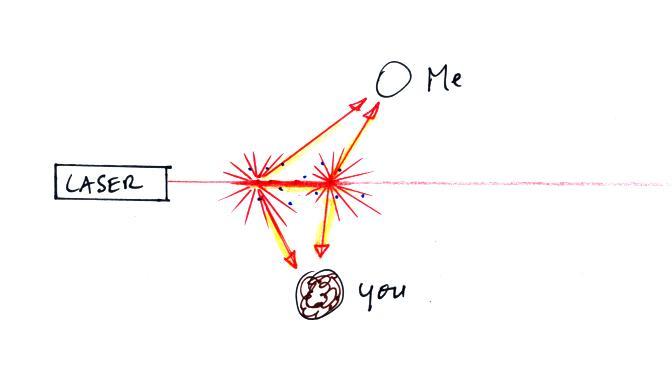
Now instead of a single spot on the wall, students saws lots of
points of light coming from different positions along a straight
segment of the laser beam. Each of these points of light was
a particle of chalk, and each piece of chalk dust was intercepting
laser light and sending light out in all directions. Each
student saw a ray of light coming from each of the chalk
particles.
We use chalk because it is white, it will scatter rather than
absorb visible light. What would you have seen if black
particles of soot had been dropped into the laser beam?
In the last part of the demonstration we made a cloud by pouring
some liquid nitrogen into a cup of water. The cloud droplets
are much smaller than the chalk particles but are much more
numerous. They make very good scatterers.

The beam of laser light was very
bright as it passed through the small patches of cloud.
The cloud droplets did a very good job of scattering laser
light. So much light was scattered that the spot on the
wall fluctuated in intensity (the spot dimmed when lots of light
was being scattered, and brightened when not as much light was
scattered). Here's a photo I took back in my office.
The laser beam is visible in the left 2/3 rds of the picture
because it is passing through cloud and light is being scattered
toward the camera. There wasn't any cloud on the right 1/3rd
of the picture so you can't see the laser beam over near Point 1.
Next we turned our attention
to ozone, another outdoor pollutant of concern.
Ozone has a kind of Dr.
Jekyll
and
Mr Hyde personality.
The figure above can be found on p. 14a in the photocopied
ClassNotes. The ozone layer (ozone in the stratosphere) is
beneficial, it absorbs dangerous high energy ultraviolet light
(which would otherwise reach the ground and cause skin cancer,
cataracts, etc. There are some types of UV light that
would quite simply kill us).
Ozone in the troposphere is bad, it is toxic and a
pollutant. Tropospheric ozone is also a key component of
photochemical smog (also known as Los Angeles-type smog)
We'll be making some photochemical smog in a class
demonstration. To do this we'll first need some ozone;
we'll make use of the simple stratospheric recipe (shown above)
for making what we need instead of the more complex tropospheric
process (the 4-step process in the figure below). You'll
find more details a little further down in the notes.
At the top of this figure (p. 15 in the packet of
ClassNotes) you see that a more complex series of reactions is
responsible for the production of tropospheric ozone. The
production of tropospheric ozone begins with nitric oxide
(NO). NO is produced when nitrogen and oxygen in air are
heated (in an automobile engine for example) and react.
The NO can then react with oxygen in the air to make nitrogen
dioxide, the poisonous brown-colored
gas that I used to make in class.
Sunlight can dissociate (split) the nitrogen dioxide molecule
producing atomic oxygen (O) and NO. O and O2 react in a 4th step to make ozone (O3) just like happens in the
stratosphere. Because ozone does not come directly from an
automobile tailpipe or factory chimney, but only shows up after
a series of reactions in the air, it is a secondary
pollutant. Nitric oxide (NO) would be the primary
pollutant in this example.
NO is produced early in the day (during the morning rush
hour). The concentration of NO2 peaks somewhat later. Because sunlight is
needed in step #3 and because sunlight is usually most intense
at noon, the highest ozone concentrations are usually found in
the afternoon. Ozone concentrations are also usually
higher in the summer when the sunlight is more intense than at
other times of year.
Once ozone is formed, the ozone can react with a hydrocarbon
of some kind to make a product gas. The ozone,
hydrocarbon, and product gas are all invisible, but the product
gas sometimes condenses to make a visible smog cloud or
haze. The cloud is composed of very small droplets or
solid particles. They're too small to be seen but they are
able to scatter light - that's why you can see the cloud.
Here's a pictorial summary of the photochemical smog
demonstration.
We started by putting a small "mercury vapor" lamp inside a
flash. The bulb produces a lot of ultraviolet light (the
bulb produced a dim bluish light that we could see, but the UV
light is invisible so we had no way of really telling how bright
it was). The UV light and oxygen in the air produced a lot
of ozone (you could easily have smelled it if you had taken the
cover off the flask).
After a few minutes we turned off the lamp and put a few
pieces of lemon peel into the flash. Part of the smell
that comes from lemon peel is limonene, a hydrocarbon. The
limonene gas reacted with the ozone to produce a product gas of
some kind. The product gas condensed, producing a visible
smog cloud (the cloud was white, not brown as shown
above). I meant (but forgot) to shine the laser beam
through the smog cloud to reinforce the idea that we are seeing
the cloud because the drops or particles scatter light.
Back to our summary list


